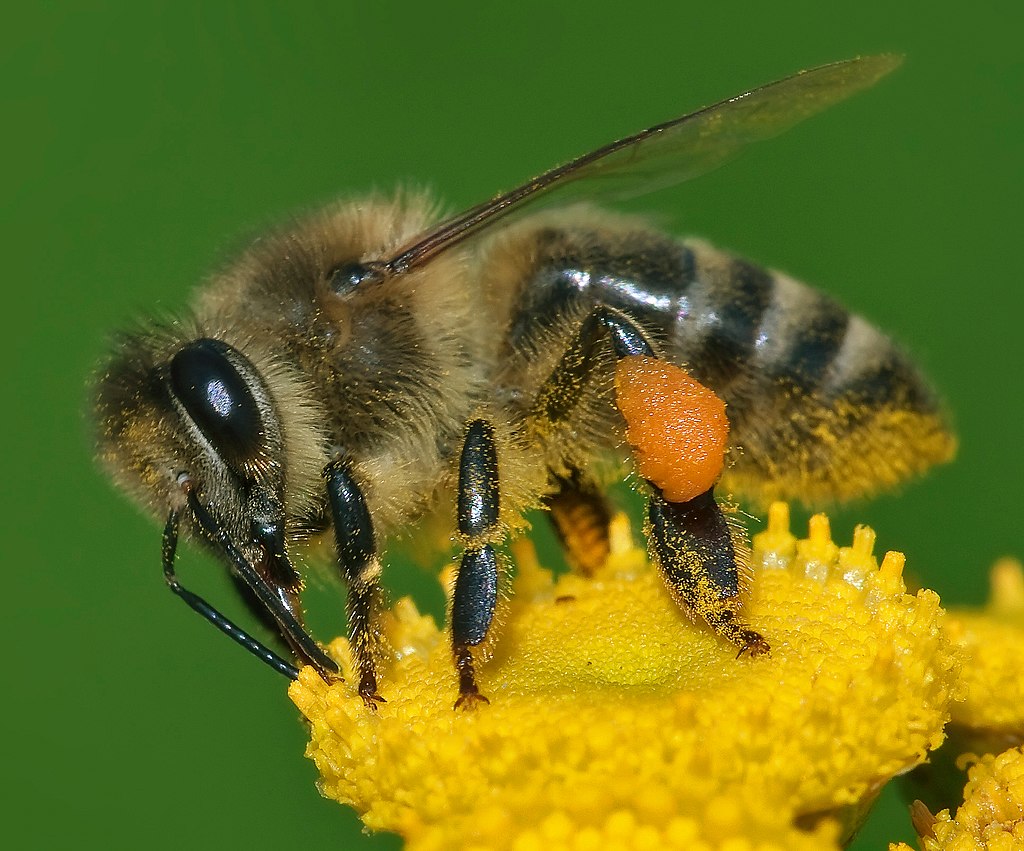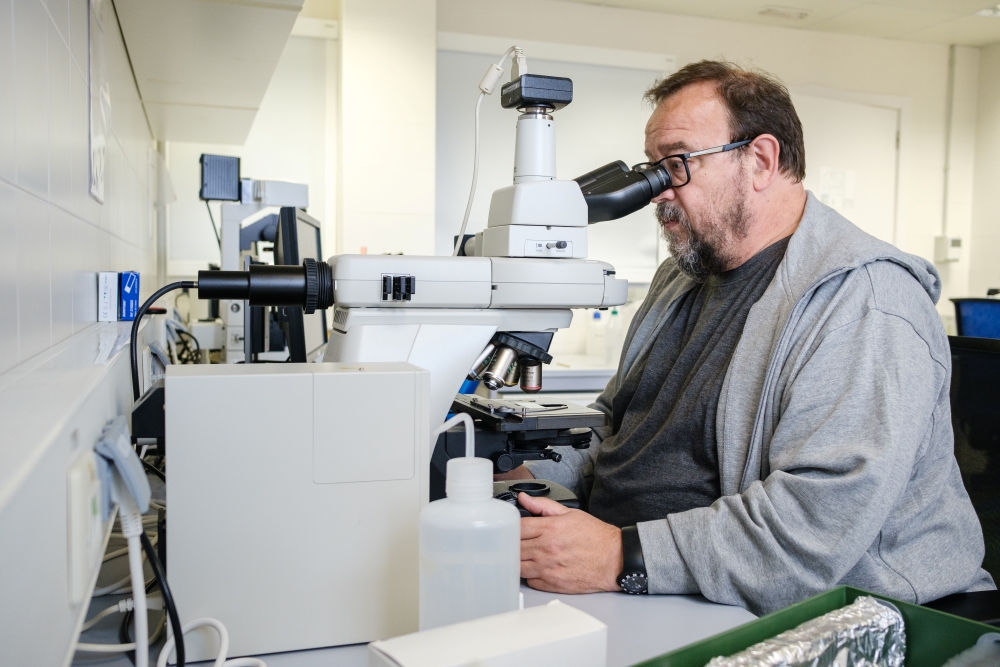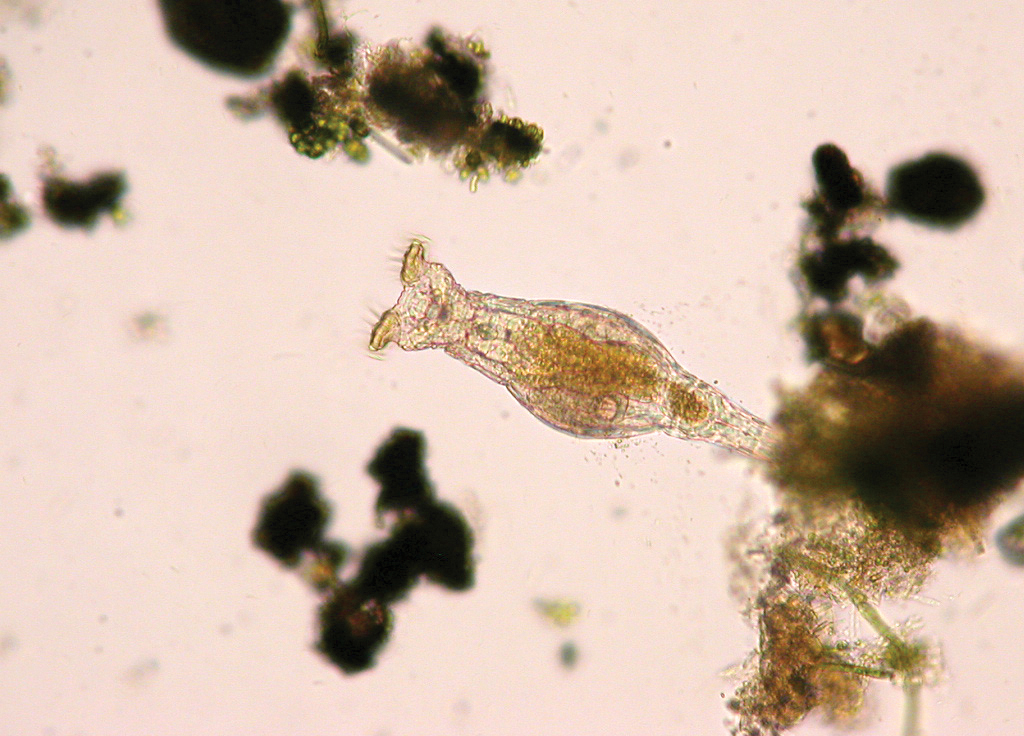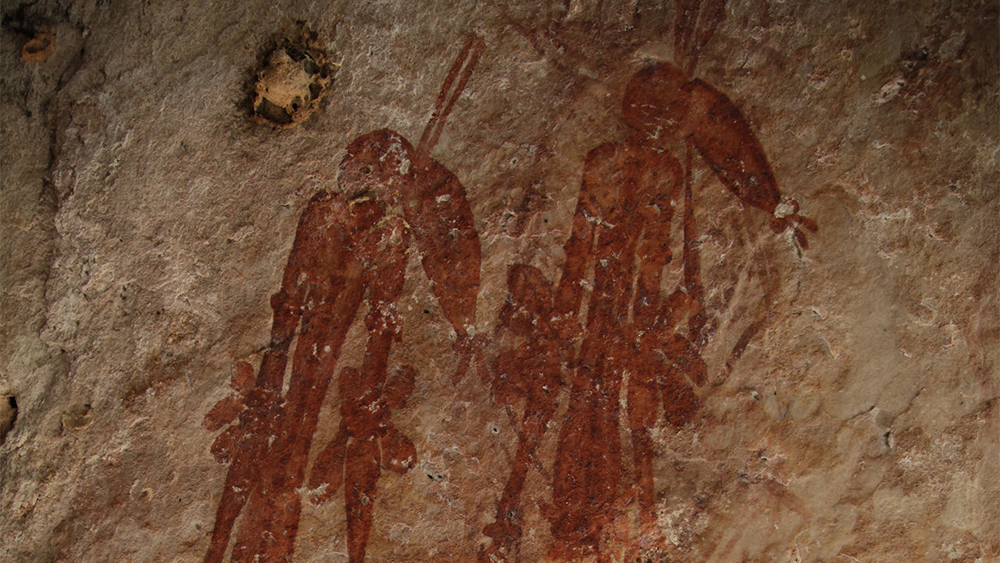"In the mesopelagic ecosystem it is believed that there is the largest biomass of fish in the world"
- Cristina Claver (Bilbao, 1996) conducted biology studies at the UPV/EHU. He went to Italy to carry out Erasmus and then held a master's degree in marine biological resources. He was an international master who studied in France, Italy, Ireland, Sweden and Seychelles. After his work at the end of his master's degree in AZTI, he joined the AMBAR Association (Society for Research and Protection of Marine Fauna) in a project investigating the landing network and the population of Basque dolphins. He then received a scholarship to make the thesis and continued at AZTI. Now begins the third year of his thesis.

He then studied biology and immersed himself in the research world.
It was very difficult for me to choose studies, I liked many things in science and biotechnology, biochemistry and biomedicine paid a lot of attention/I was very attracted. In the end I decided to do medicine, but the note of selectivity was not enough (biology was the worst test I did). In order to try again, I went into biology, because I had subjects similar to Medicine and they can be validated. And I loved the biology and genetics and the possibilities that it offered, especially in the field of research. I went into the faculty's anthropogenetics lab, and eventually, the Medicine lab, was on the way.
At AZTI, you're studying deep ocean organisms. How does the opportunity arise?
I was clear that I wanted to study in the Basque Country and when I was looking for opportunities to develop my scientific career I met the AZTI genetics department. I really liked the projects they had and I had an interview with my current thesis director. He proposed to participate in this project for my final master's work and we worked together at ease. At the end, he proposed to stay in his group.
The organisms of the mesopelastic ecosystem are those that you analyze in particular. What is the mesopelastic ecosystem?
The sea becomes deeper as we move away from the coast, as we are on the continental shelf. The ocean coasts are the limits of the platforms and they are submerged cliffs. There the depth varies from a few hundred to a thousand meters. Behind these cliffs we get to the open ocean. Sunlight reaches 200 meters deep, and where darkness begins, there is a mesopelagic ecosystem. That's why it's called the dark zone. It's the first part of the deep ocean and it's one of the largest and most unknown ecosystems on the planet. It's not clear which organisms live there, but what we know is that these organisms have a fundamental role in the climate and in the trophic chains. Historically, few and small organisms lived, but current studies indicate that in the mesopelagic ecosystem there is the largest biomass of fish in the world. The aim of my thesis is to increase knowledge of the biomass and biodiversity of these animals through genetic techniques.
To know mesopelastic organisms, it uses water samples. What is the process like?
Environmental DNA is the genetic material inherited from the environment, that is, DNA containing remnants of organisms in water or soil, fish scales, cells, etc. This DNA corresponds to the organisms that inhabit it and we recover it with a few liters of water or a few grams of land. This allows us to get information about species without the need for contact with organisms.
Sampling is the first step in the process of environmental DNA analysis. To reach the mesopelagic ecosystem, we must collect samples of deep water in the open sea. To do this, we need an oceanographic boat to get away from the coast and we use an apparatus called a rosette. The rosette has some bottles and it works with remote control. When we get to the point where we want to take the samples, up to over 1,000 meters deep, we lower the rosette with the bottles open. Then we step up gradually with the cable and in the depths we care about, we stop the rosette and close some bottles. We repeat the process during the climb. So when the rosette comes back to the boat, we have samples of several depths and we can build a vertical profile. Then the water is filtered through the capsules that support the genetic material, and from these membranes we extract the DNA in the lab.
In this project we are working on samples from the European seas, that is, the Mediterranean and the North Atlantic. Most of the samples we have are from the Gulf of Bizkaia as they are sampled in the annual AZTI campaigns. We have samples from 2018 and we will soon start with temporal trend studies.
What information do you get from this water sample?
Once the water samples are filtered, laboratory work comes, that is, the second step of the process. The laboratory extracts DNA, analyzes its quality and selects sequences of species of interest with genetic markers. These products are sequenced. Finally, sequencing data requires bioinformatic analysis, which is the third step. Once processed, the data are compared with the reference databases to identify the species present in the samples.
Environmental DNA is a huge advance in obtaining information about species in the deep ocean. Traditional methods of ocean study are based on fishing. This is a great effort and it has been shown that they are not entirely effective for the study of species such as mesopelagic organisms. Environmental DNA analysis is a revolution in view of the ease of sampling. We work with two DNA analysis techniques: specific tests and metabarcoding. The specific tests serve to very accurately analyse and quantify the DNA of a single species. These studies are important for calculating the biomass of a species. The metabarcoding technique is a multispecies study in which we can determine the biodiversity of ecosystems and study the species that they live. This is very important for monitoring.
You identify the DNA of the water samples with the corresponding species. What have you managed to identify? Any stranger?
Specific tests to quantify background anchovy biomass (Maurolicus muelleri) are being developed. It is the most abundant mesopelagic fish in the Gulf of Bizkaia and plays an important role in the trophic networks. Using the metabolic coding technique, we are now focusing on bottom fish and squid. In the Gulf of Bizkaia we have detected more than 100 species of fish.
It also looks at the prey diet to get catch information.
We work with big predators like marine mammals. They are organisms located at the top of the trophic chains and feed on mesopelastic organisms. It is important to understand these relationships in a context of overfishing and climate change to understand the current functioning of ecosystems and to foresee possible changes in future seas. I work with whale droppings. Determining the whale diet is very difficult because they feed deeply, but their feces float in the sea and analyzing DNA we can know which species they feed.
He said in his thesis that environmental DNA provides exclusive information about the role of mesopelastic organisms in the ocean. What do the results say?
We leave the entire water column and generate vertical profiles. This sampling method allows locating different communities and groups of organisms in water layers. Other sampling methods, such as fishing nets, cannot show this. In addition, it is known that many mesopelastic animals, such as chipirones, avoid networks and others cannot be captured by their fragility.
Mesopelastic organisms have a very particular behavior known as vertical migration. During the day they are at the bottom of the sea, but in the evening they rise to the surface to feed themselves. At the end of the night they hide again and come down. This movement is carried out daily and has a major impact on the carbon cycle, as these animals promote the sequestration of marine carbon. By analyzing environmental DNA, we can identify the species that migrate and those that do not migrate. We are now working on quantifying the number of individuals participating.
What is the integrity of the biodiversity of the mesopelagic ecosystem? You know?
The mesopelagic community consists of all kinds of organisms, from unknown bacteria and viruses to large animals such as Krill, gelatinous plankton (jellyfish and the like), chipirones and fish. However, the number of species in each group and the distribution of the world ' s oceans remains unclear. It is estimated that more than a third of all marine species are yet to be discovered. It makes sense if we consider that 95% of the ocean's volume is still unexplored.
What does it mean to know your organisms?
Knowledge of the deep ocean will enable us to understand its functioning and use resources in a sustainable and effective manner, as well as ensuring the health and duration of ecosystems.
He says that the ocean remains a place without investigation -- does he intend to continue that task?
Yes, I'd like to continue in marine biology. I am very happy working on this interesting and innovative subject. For a young scientist today, it's very difficult to find new things, and ocean exploration pays me a lot of attention. In addition, my work directly contributes to the sustainable management of ecosystems and I am very encouraged to influence one of the biggest concerns in the world today: climate change. I want to work to improve our relationship with the sea.
How was your experience in Thyosis?
It was curious to participate in the competition. I was on an oceanographic boat, on the Atlantic. In a search for eel larvae, we were collecting samples of water for my thesis. My director sent me the contest information and I decided to participate. At first I didn't know what to tell in so few tweets. When you make a thesis about something, you find everything you know important and want to tell. Then I decided to take several pictures, and from there came the message. I have only two years with the thesis, I have no results or important conclusions, but I hope that next year there will be interesting data to participate in the next Chiotheses.
What are the challenges ahead?
My clearest goal is to complete the thesis. However, I still have a lot to learn and this feeling does not end with the thesis. I want to continue developing as a scientist. What I love most about research is that you never stop studying. I want to continue working in applied science, in a multidisciplinary environment and with experts from other fields.
Ionan Marigomez Allende (Erandio, 1961) biologoa da lanbidez eta bokazioz. Bera izan zen EHUren Plentziako Itsas Estazioaren sustatzaile nagusia, eta bera da bertako zuzendaria 2013an sortu zenetik. Bulegoan hartu gaitu, atzealdean Gorlizko badia ageri dela, eta hantxe jardun... [+]
1891n nekazari batek Gwion estiloko hainbat labar pintura aurkitu zituen Kimberlyn (Australia).























